Dinosaurs
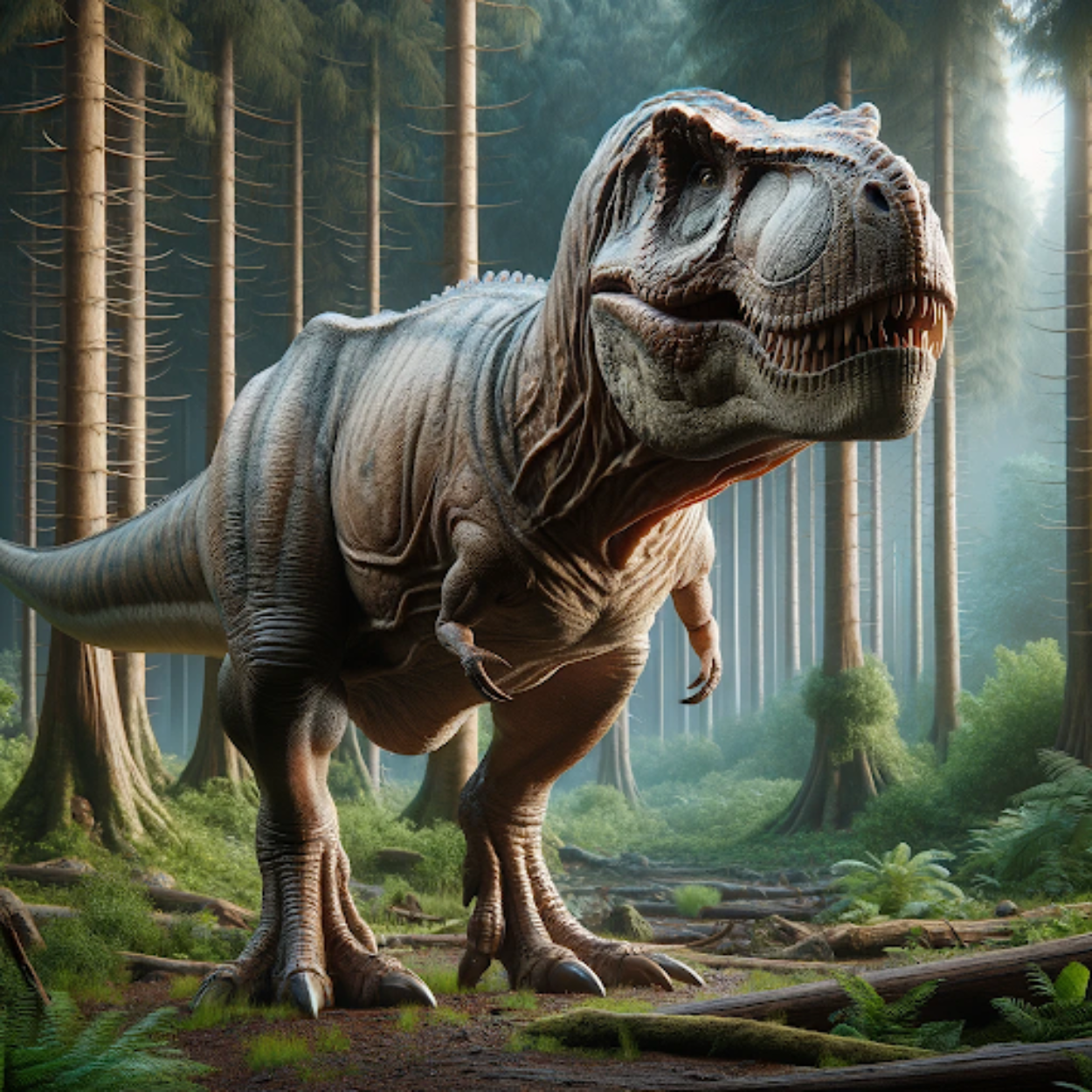
Tyrannosaurus Rex (T-Rex)
- Period: Late Cretaceous
- Diet: Carnivorous
- Size: Up to 40 feet long and 12 feet tall at the hips
- Description: The Tyrannosaurus Rex, famously known as T-Rex, is one of the most iconic and feared dinosaurs. With its massive head, powerful jaws, and sharp teeth, it was a formidable predator. T-Rex is also known for its short arms, which are often the subject of jokes, but were likely useful for holding prey.
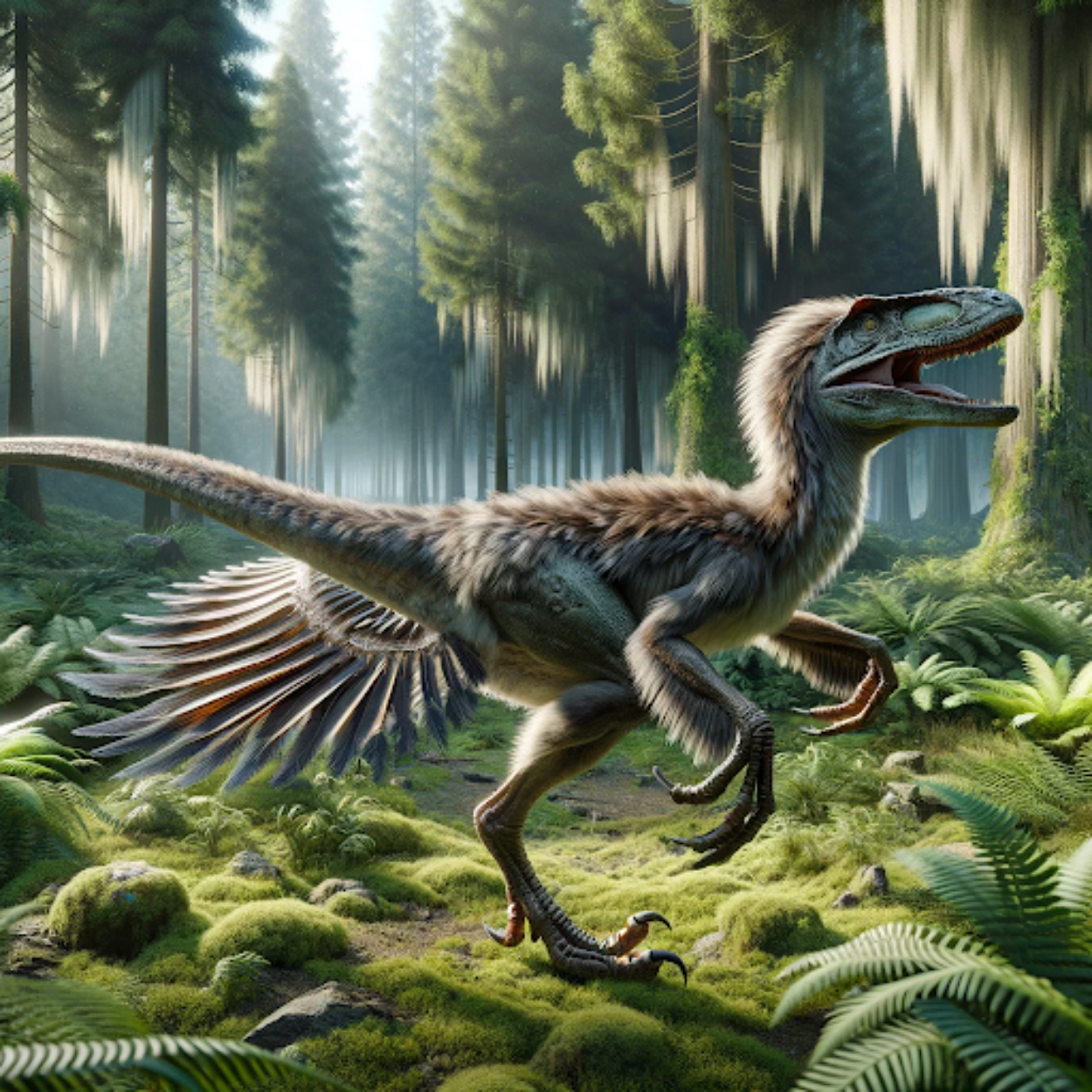
Velociraptor
- Period: Late Cretaceous
- Diet: Carnivorous
- Size: About 6.5 feet long and 2 feet tall at the hip
- Description: Velociraptors were small, agile dinosaurs known for their speed and intelligence. They had sharp, curved claws on each foot and were likely pack hunters. Despite their portrayal in popular media, they were actually much smaller than shown in movies like Jurassic Park.
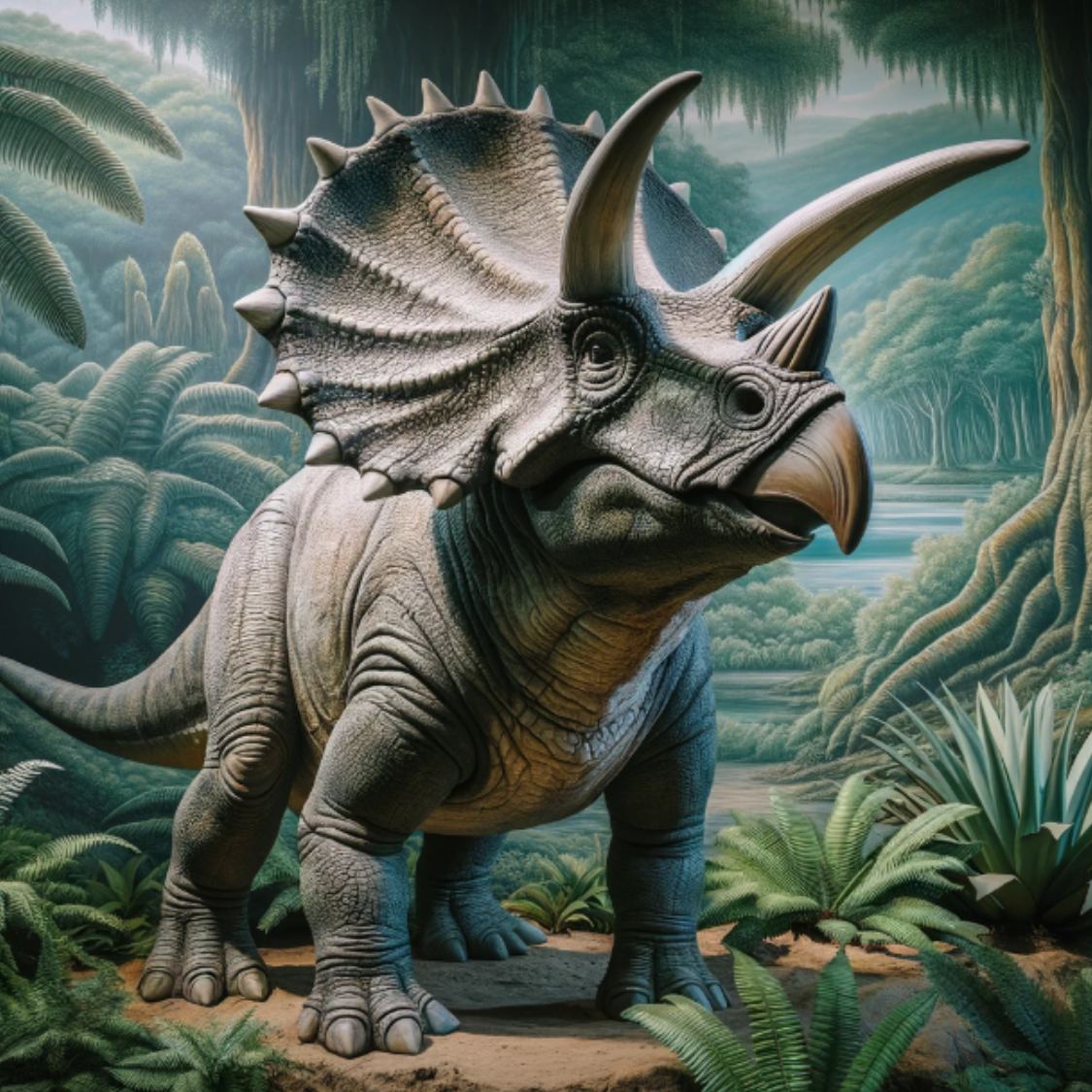
Triceratops
- Period: Late Cretaceous
- Diet: Herbivorous
- Size: Up to 30 feet long and 10 feet tall
- Description: Triceratops is easily recognizable by its three horns and large bony frill. These features were likely used for defense against predators like T-Rex and for display purposes. Triceratops had a strong, beaked mouth for clipping off vegetation.

Brachiosaurus
- Period: Late Jurassic
- Diet: Herbivorous
- Size: Up to 85 feet long and 50 feet tall
- Description: Brachiosaurus was one of the largest land animals to have ever lived. It had a long neck, which allowed it to reach high vegetation, and a massive body. Unlike other sauropods, Brachiosaurus had longer front legs than hind legs, giving it a giraffe-like stance.
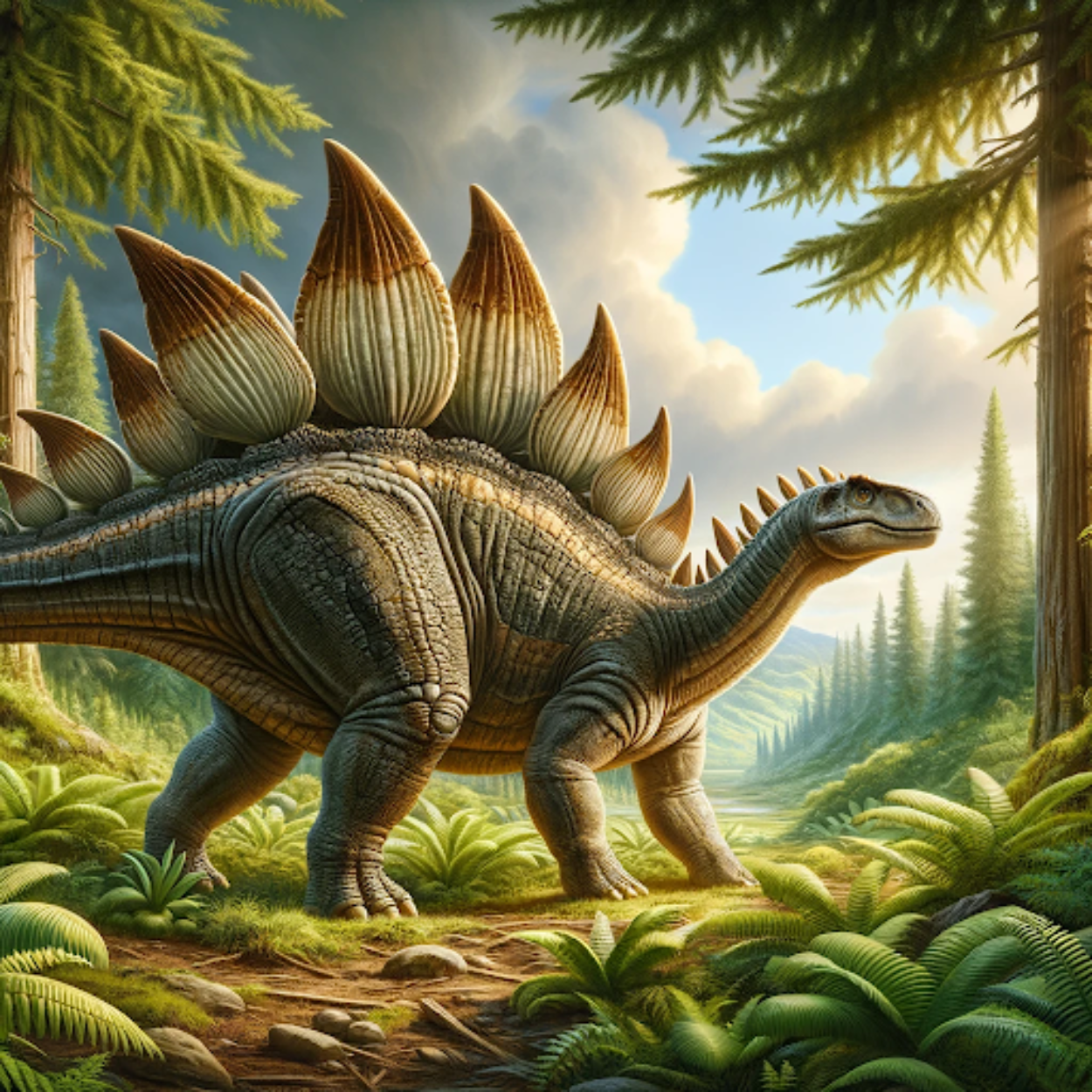
Stegosaurus
- Period: Late Jurassic
- Diet: Herbivorous
- Size: Up to 30 feet long and 14 feet tall
- Description: Stegosaurus is known for the distinctive plates along its back and the spiked tail, which was likely used for defense. The function of the plates is still debated, but they may have been used for display or thermoregulation.

Ankylosaurus
- Period: Late Cretaceous
- Diet: Herbivorous
- Size: Up to 30 feet long and 6 feet tall
- Description: Ankylosaurus was heavily armored, with bony plates covering its body and a large club at the end of its tail. This club could be swung with great force, making it an effective weapon against predators.
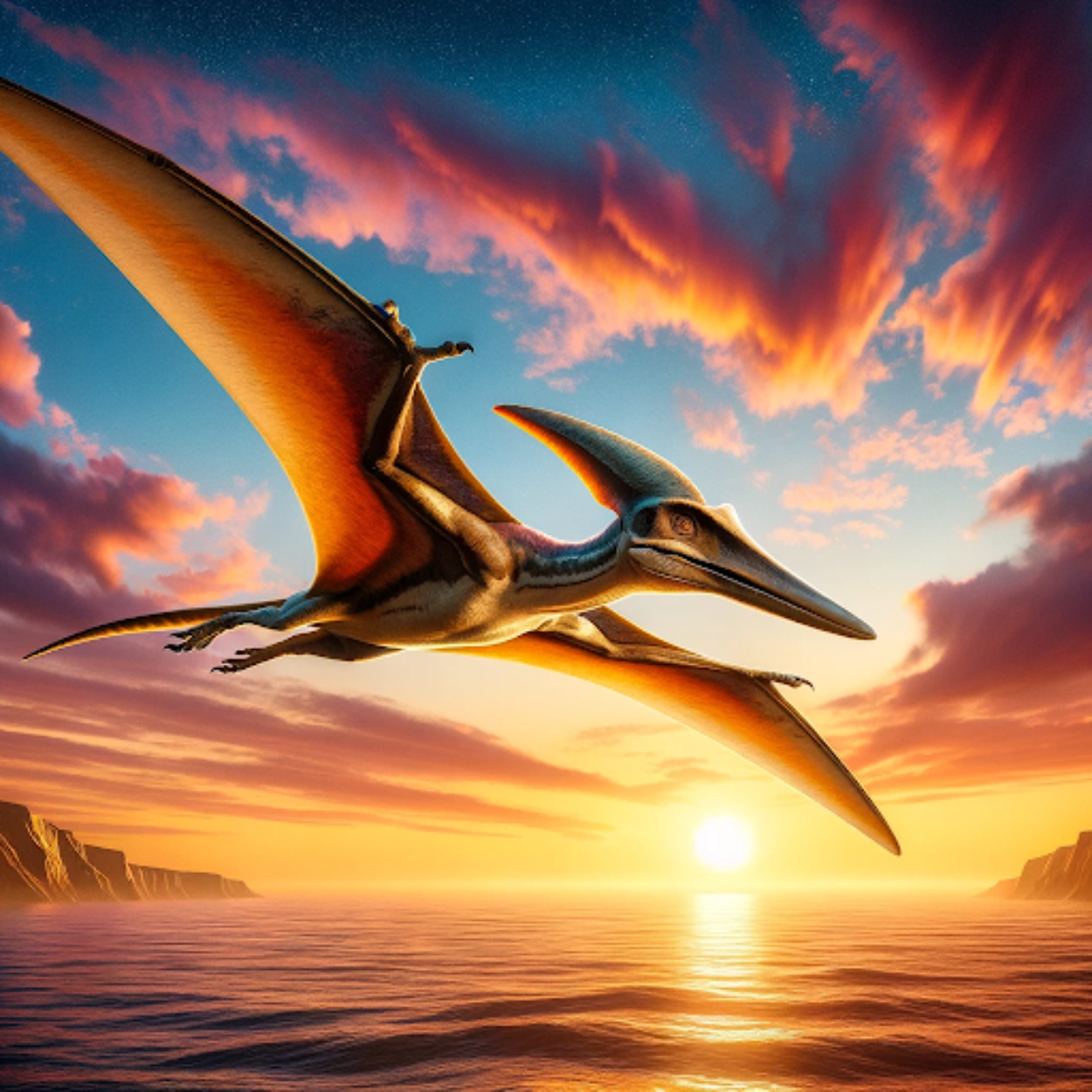
Pteranodon
- Period: Late Cretaceous
- Diet: Carnivorous (fish-eater)
- Size: Wingspan up to 20 feet
- Description: Pteranodon was one of the largest flying reptiles, with a distinctive crest on its head. It had a lightweight, aerodynamic body and long wings, which allowed it to soar over the ocean in search of fish.
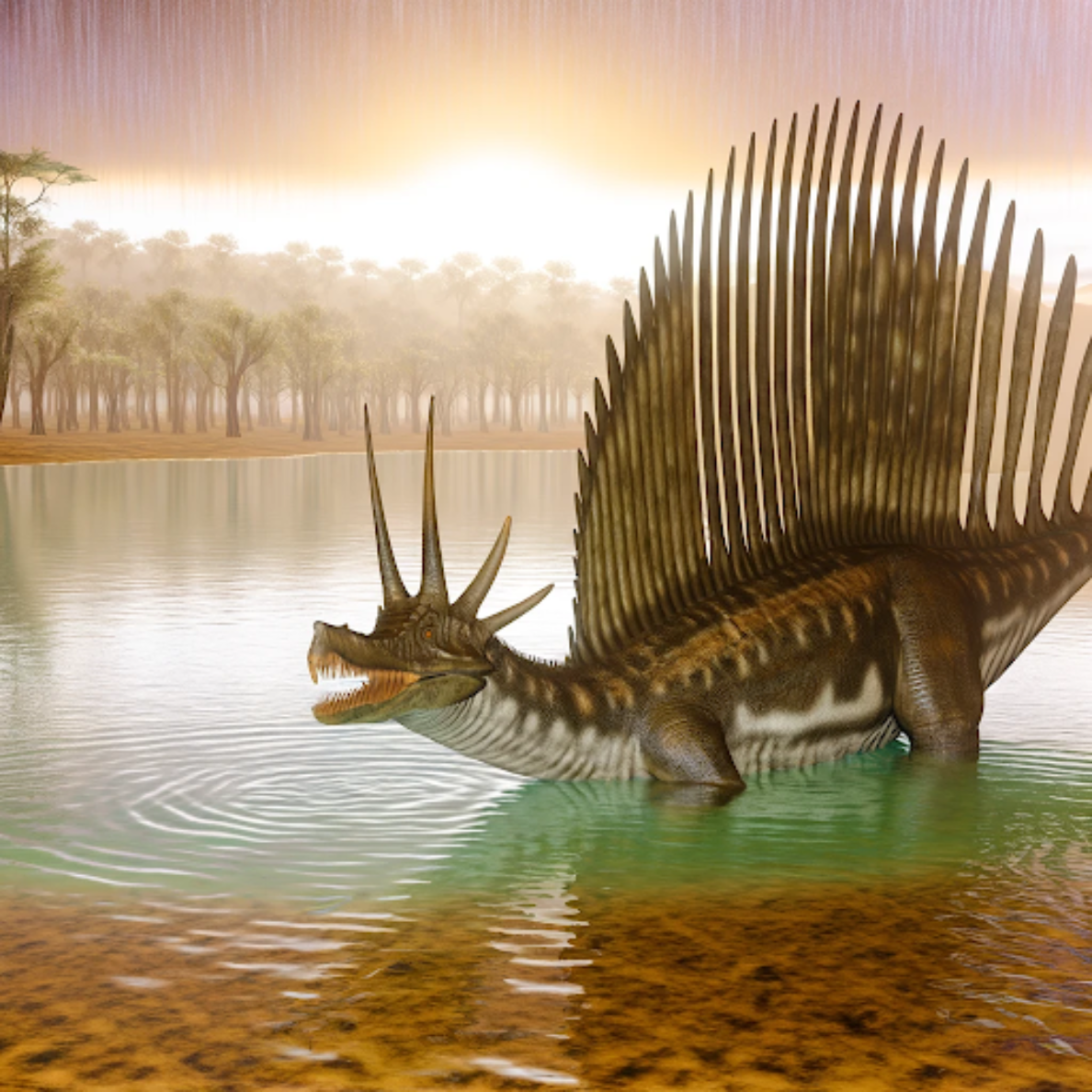
Spinosaurus
- Period: Early Cretaceous
- Diet: Carnivorous (possibly piscivorous)
- Size: Up to 50 feet long and 20 feet tall
- Description: Spinosaurus is known for its enormous sail-like structure on its back, which was likely used for display or thermoregulation. It is believed to have been semi-aquatic, hunting both on land and in water.

Allosaurus
- Period: Late Jurassic
- Diet: Carnivorous
- Size: Up to 28 feet long and 16 feet tall
- Description: Allosaurus was a large and fearsome predator, with sharp teeth and claws. It was likely at the top of the food chain in its ecosystem and may have hunted in packs.
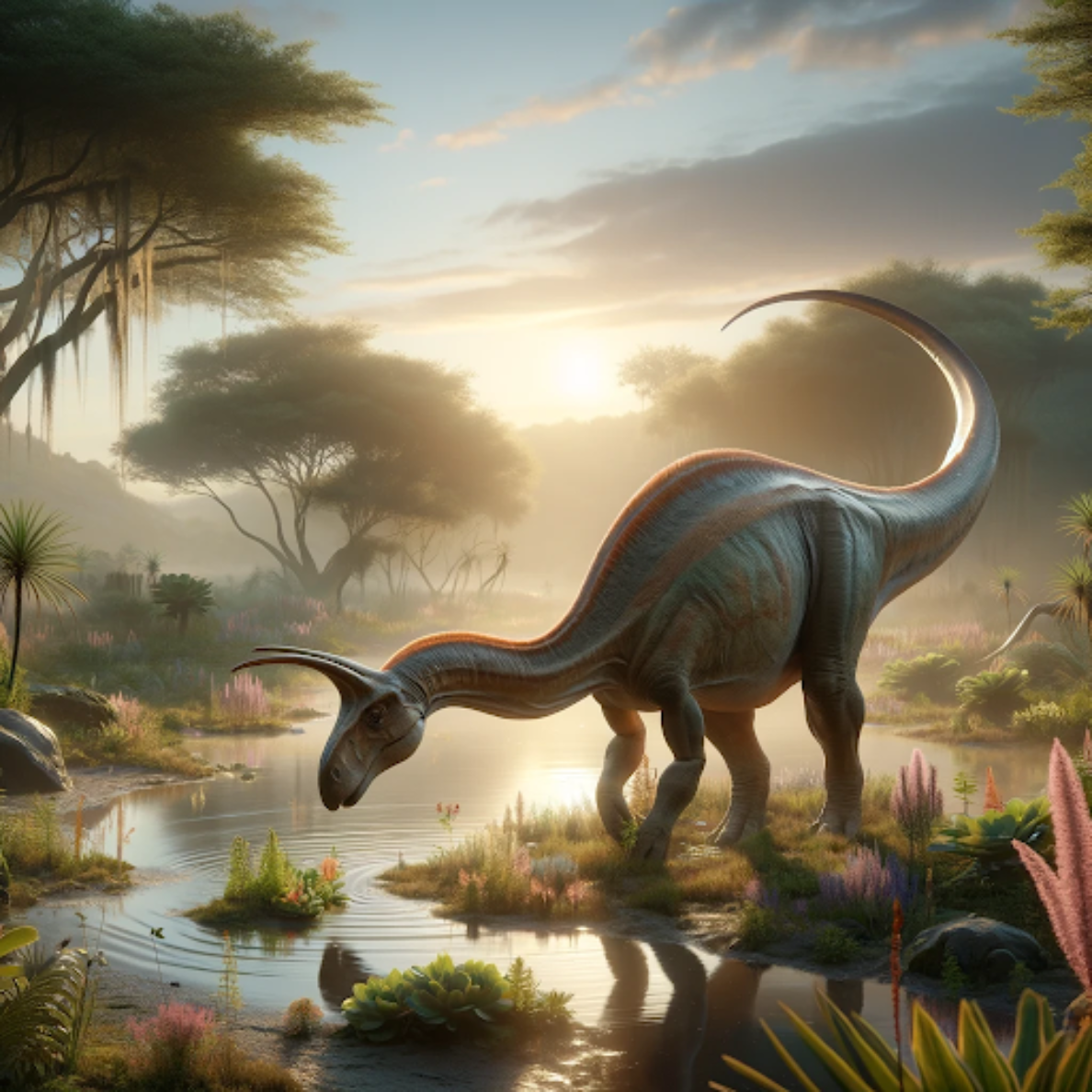
Parasaurolophus
- Period: Late Cretaceous
- Diet: Herbivorous
- Size: Up to 33 feet long and 16 feet tall
- Description: Parasaurolophus is known for its long, backward-curving cranial crest, which contained a complex system of air passages. This crest may have been used for communication, with the dinosaur able to produce loud, resonating sounds.
